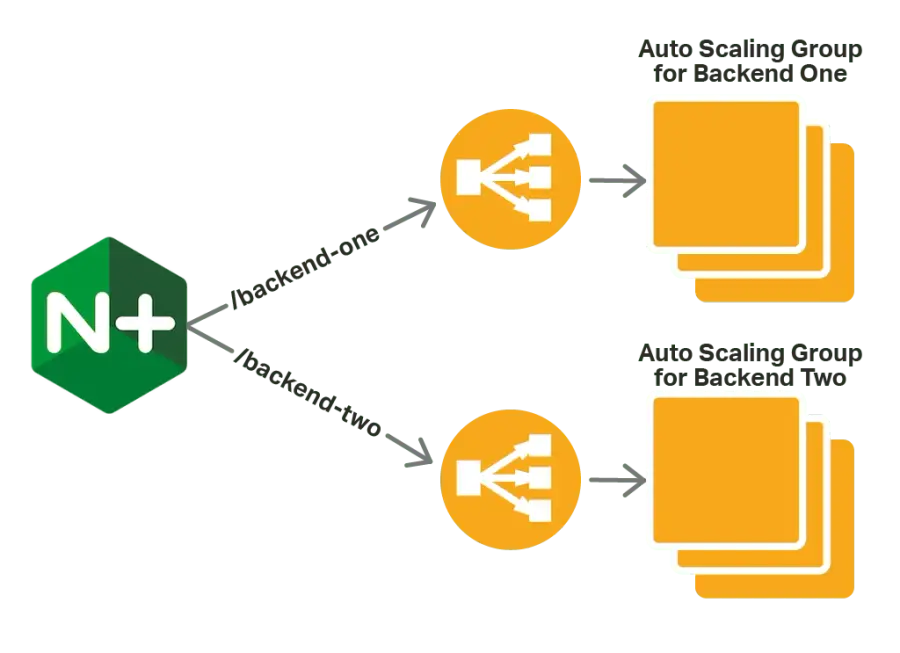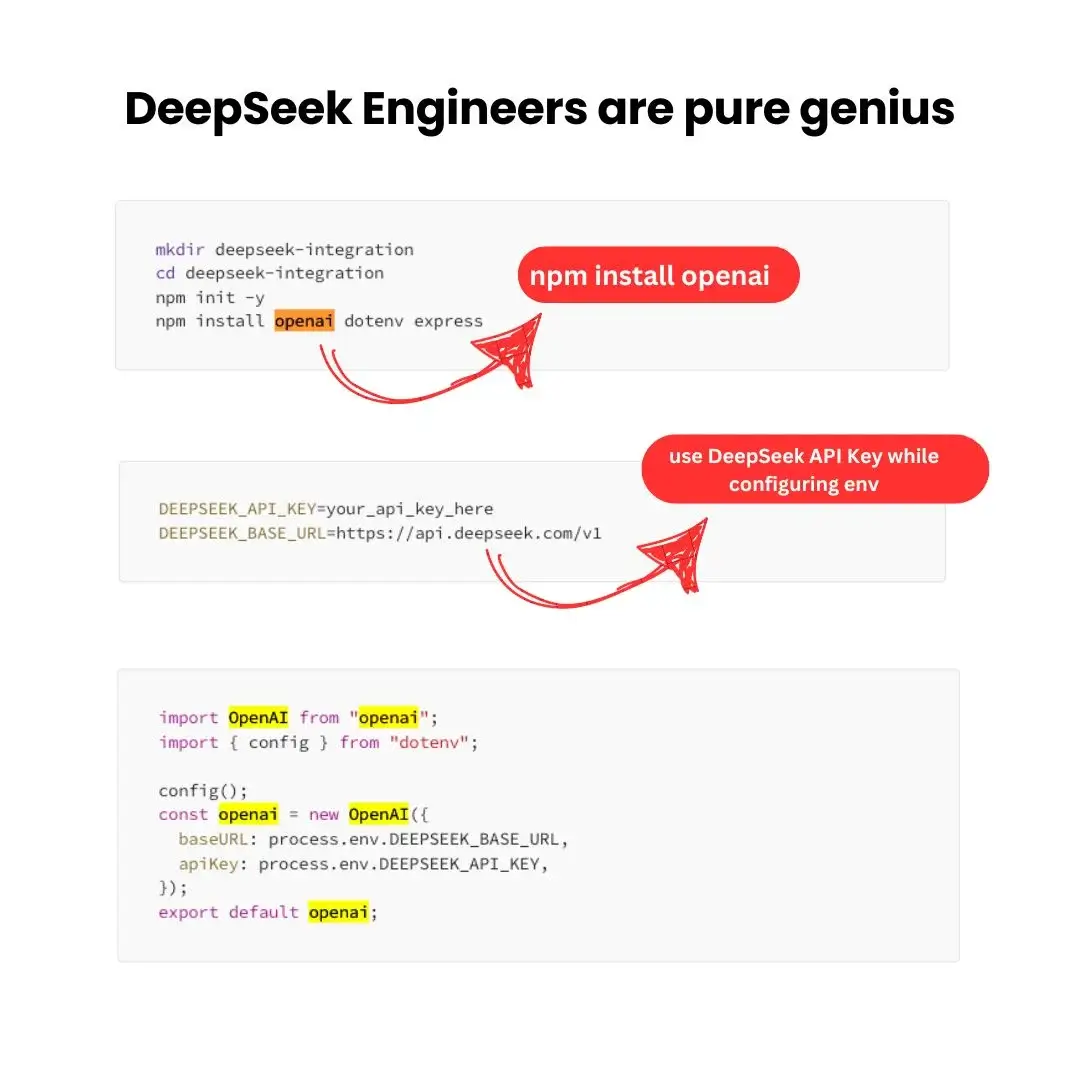
#Nginx #AWS #LoadBalancer
Comparison of Nginx Load Balancer and AWS Load Balancer: Pros and Cons
Load balancers are a key component for ensuring high availability and scalability of web applications. In this article, we compare two popular solutions: Nginx Load Balancer (based on the Nginx web server) and AWS Load Balancer (Application Load Balancer and Network Load Balancer from AWS).
Nginx Load Balancer
Nginx is a high-performance web server that also serves as a load balancer thanks to its flexibility, low resource usage, and extensive configuration options.
Advantages
- Configuration Flexibility: Supports various load-balancing algorithms (round-robin, least-connections, ip_hash, etc.) and advanced routing based on URL or HTTP headers.
- High Performance: Its event-driven architecture efficiently handles a large number of simultaneous connections with minimal resources.
- Free Edition: The open-source edition of Nginx is free; the commercial Nginx Plus often costs less than cloud alternatives under predictable loads.
- Additional Features: Functions simultaneously as a reverse proxy, web server, and caching proxy, simplifying application architecture.
- Full Control: You manage your own server, allowing fine-tuning of performance, security, and logging settings.
Disadvantages
- Operational Complexity: Requires a dedicated server (e.g., an EC2 instance) that must be provisioned, configured, and scaled manually.
- No Built-in Auto-scaling: You need external tools (AWS Auto Scaling, Kubernetes, etc.) to handle high availability and peak loads.
- Infrastructure Dependency: If the Nginx server fails, manual intervention or a complex failover setup is required, potentially causing downtime.
- Limited Monitoring: The open-source version lacks advanced metrics and analytics available in Nginx Plus or cloud offerings.
AWS Load Balancer
AWS offers two main types of load balancers:
- Application Load Balancer (ALB): Layer 7 load balancing for HTTP/HTTPS traffic.
- Network Load Balancer (NLB): Layer 4 load balancing for extremely high-performance network traffic.
Advantages
- Automatic Scaling: Automatically scales out and in based on incoming traffic without manual intervention.
- High Availability: Deployed across multiple Availability Zones with a 99.99% SLA.
- AWS Integration: Seamlessly integrates with EC2, ECS, EKS, Auto Scaling, ACM (for automated SSL), and other AWS services.
- Ease of Configuration: Managed via the AWS Console, CLI, or SDK— no need to administer underlying servers.
- Security: Supports HTTPS termination, AWS WAF integration, and fine-grained security group controls.
Disadvantages
- Limited Flexibility: Fewer routing algorithms and customization options compared to Nginx.
- Cost: Pricing depends on request count, data transfer, and Load Balancer Capacity Units (LCUs), and can become expensive under heavy loads.
- Vendor Lock-in: Ties you to the AWS ecosystem, which can complicate migration to other clouds.
- Limited Proxy Features: Does not include built-in caching or compression like Nginx.
Comparative Table
| Feature | Nginx Load Balancer | AWS Load Balancer |
|---|---|---|
| Configuration Flexibility | High, with many algorithms and parameters | Limited, but sufficient for most use cases |
| Performance | High, event-driven architecture | High, with auto-scaling |
| Cost | Free (open-source) or fixed (Plus edition) | Usage-based, can be higher |
| Scalability | Manual scaling configuration | Built-in, automatic scaling |
| Cloud Integration | Requires additional setup | Full integration with AWS |
| Operational Complexity | Requires server administration skills | Simplified setup via AWS Console |
| Fault Tolerance | Manual failover configuration | Built-in across Availability Zones |
Choosing a Load Balancer
Choose Nginx Load Balancer if:
- You need maximum flexibility and control.
- You have a team to manage servers and infrastructure.
- You require advanced features like caching or compression.
Choose AWS Load Balancer if:
- You want to minimize time spent on setup and management.
- Your application runs in the AWS ecosystem.
- You expect variable traffic and need automatic scaling.
- High availability and fault tolerance are critical.
Conclusion
Both Nginx Load Balancer and AWS Load Balancer are powerful load-balancing solutions. Nginx is ideal for projects demanding flexibility and control, while AWS Load Balancer suits cloud-native applications where ease of use, scalability, and AWS integration are priorities. The best choice depends on your budget, performance requirements, and infrastructure management resources.
If you'd like to discuss optimizing your infrastructure, contact us—we'll help you choose the best solution for your business!

